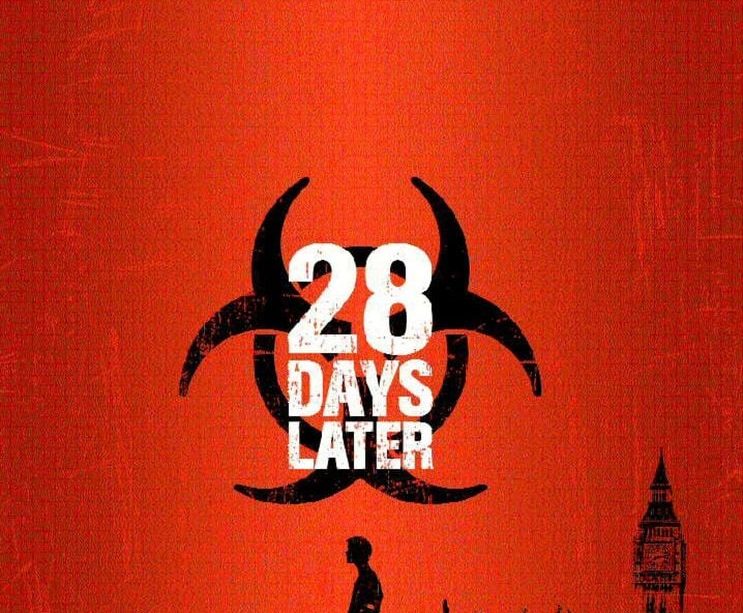The Lasting Impact of 28 Days Later on Horror Films

Introduction
Released in 2002, ’28 Days Later’ directed by Danny Boyle, revitalized the horror genre by reinterpreting conventional narratives and introducing a more visceral approach to storytelling. This film not only reshaped the zombie apocalypse sub-genre but also laid the groundwork for a new wave of horror that resonated with audiences and filmmakers alike. The importance of ’28 Days Later’ in film history cannot be overstated as it reflects societal anxieties and explores themes of survival, contagion, and the fragility of civilization.
Plot Overview
The film begins with a chilling premise—an infection that turns citizens into violent, rage-filled creatures has spread across the United Kingdom. Jim, played by Cillian Murphy, wakes up from a coma 28 days later to find an abandoned London. With the help of a few survivors, he navigates a desolate world filled with danger, both from infected humans and the cruelty of fellow survivors. The narrative captures the essence of isolation and desperation in the face of a collapse of social order, making it relatable to contemporary audiences.
Innovative Techniques and Reception
’28 Days Later’ was groundbreaking not just in its narrative but also in its technical execution. Boyle employed a digital shooting method that granted the film a distinct visual style, setting it apart from traditional film productions. The haunting score by John Murphy complemented the bleak scenery and amplified the film’s emotional impact. Upon release, it received critical acclaim, grossing over $82 million worldwide, and is often credited with the rise of the ‘fast zombie’ trope, challenging the slow-moving zombies of previous horror films.
Legacy and Influence
The influence of ’28 Days Later’ can be seen in various media, from films like ‘World War Z’ to television series such as ‘The Walking Dead’. It opened doors for discussions regarding viral outbreaks, societal breakdowns, and human nature in crisis, themes that are eerily relevant in today’s global context, especially with the emergence of pandemics. The film’s cultural footprint is undeniable, inspiring both horror aficionados and filmmakers to explore darker, more realistic interpretations of apocalyptic scenarios.
Conclusion
’28 Days Later’ remains a pivotal film that changed the landscape of horror cinema. Its innovative storytelling and exploration of deeper themes have left an indelible mark on the genre. As audiences continue to grapple with real-world crises, the film’s relevance is only heightened, ensuring its legacy as a touchstone for both horror enthusiasts and the film industry. The continued interest in global pandemic narratives suggests that ’28 Days Later’ will endure as a significant reference point for future films and discussions about societal resilience and human empathy.









